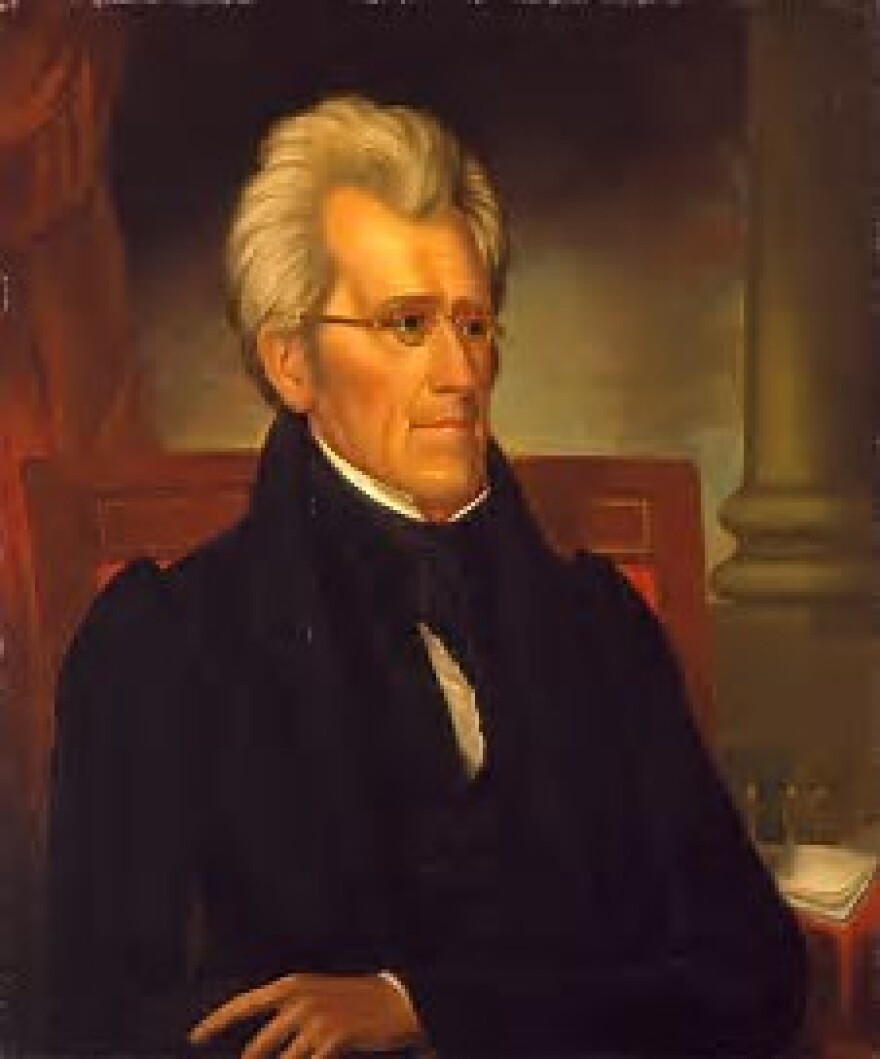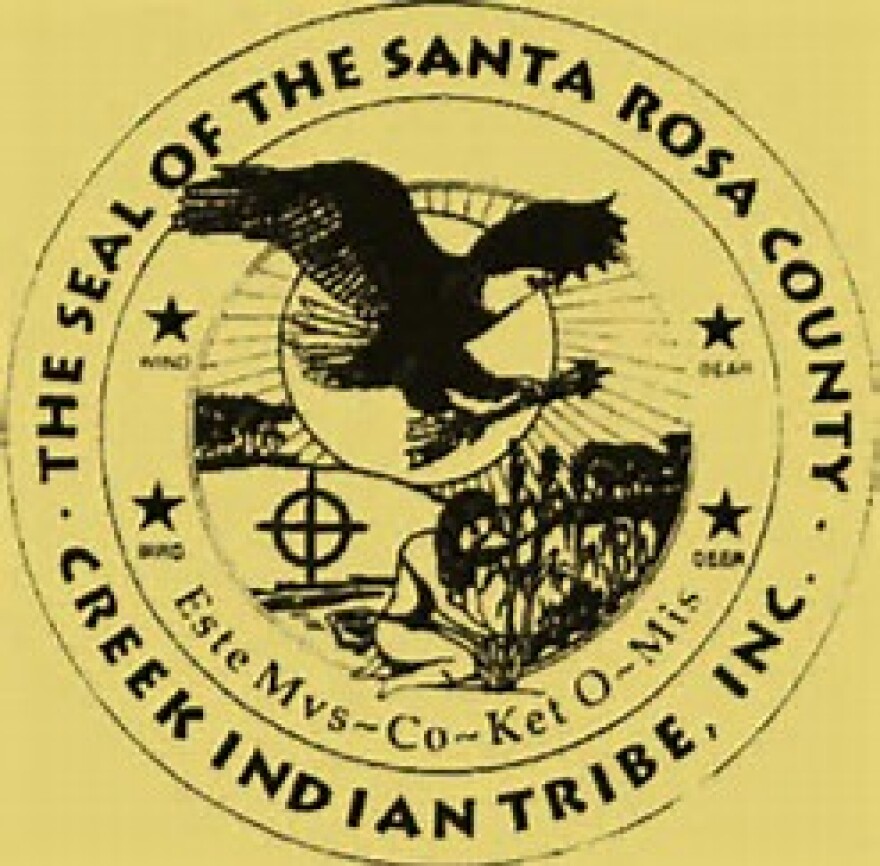If all goes as planned, a Native American cultural center will open near Milton by the end of this year. Groundbreaking is set for August 1 at 10 a.m. at the site, 4750 Willard Norris Road.
Dan Helms, an officer with the Santa Rosa County Creek Indian Tribe, says the center’s main mission is to stem the loss of Native American culture, artifacts and education.
“We have been accumulating, for more than 20 years, records, Census data, deeds, birth certificates, death certificates and all sorts of things that establish Native American bloodlines,” said Helms.
In getting out the word, Helms estimates they have spent more than 2,000 man-hours making presentations at schools and other locations.
“County fairs, parades, we did a presentation last year at the Martin Luther King prayer breakfast,” Helms said. “Just anyplace that anybody will stand still long enough to listen, we will tell them the story of the Native Americans.”
The persecution of native peoples began with the start of European exploration of the Western Hemisphere. It was codified in 1830, when President Andrew Jackson signed the Indian Removal Act – making it illegal for Native Americans to live east of the Mississippi River.
“The Indians were either removed on the infamous ‘Trail of Tears’ to Oklahoma, or they were systematically hunted down and killed,” said Helms. “So, the culture was basically cultural survival on the run.”
For those who managed to remain on the east side of the Mississippi, but were anyway, their native languages, culture, and traditions had to be either stopped altogether or hidden for them to remain there in peace.
Over time, says Helms, much of it disappeared.
“And so, we have always known that it was our mission to revive, preserve and teach the language, heritage and culture so that it not be lost forever,” said Helms.

For the Creeks in the East, it became a day-to-day struggle to avoid capture. Locally, when Census-takers would come, they would hide in the woods and near the Escambia, Yellow, and Blackwater Rivers. The Creeks would also try to blend in.
“The Indians that were of lighter skin tried to assimilate as white,” said Helms. The mulattos – or the darker-skinned – tried to pass themselves off as either mulatto or black in order to keep them from being killed or removed.”
The Native American Cultural Center, which will sit on 95 acres of Creek property off Willard Norris road, is funded by a pair of grants from IMPACT 100. The first covered the building of infrastructure -- roads, underground utilities, a septic system and restroom facilities.
“The second grant is creating a 4,000 square foot. Native American cultural center, of which 3,000 sqaure feet will be enclosed. And a thousand square feet will be a covered area,” said Helms.
The enclosed area will be home to an artifacts museum, featuring about 3,000 items, along with a genealogy resource center. Helms says constriction is being put on the fast track, to be ready for the Santa Rosa Creek’s 27th annual powwow celebration the week before Thanksgiving.



